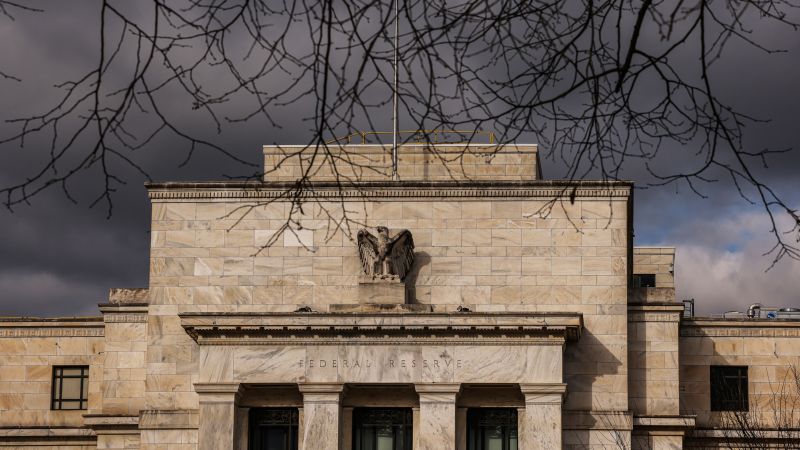In a recent report by the Federal Reserve, America’s biggest banks have been deemed well positioned to survive a severe recession while still supporting lending to households and businesses. This assessment comes from the annual bank resilience test, also known as a stress test, which revealed that banks could experience higher losses in the event of a significant economic downturn compared to last year.
Following the banking crisis of the Great Recession, the Fed conducts stress tests to identify any potential weaknesses in the financial system. The importance of these tests was heightened after the collapse of three US banks last year, sending shockwaves through the banking industry.
According to the report, the 31 banks subject to the stress test would face $685 billion in losses, an increase of $144 billion from last year. This rise in collective losses is attributed to banks taking on more risk and incurring higher expenses, particularly in the current higher interest rate environment that makes lending riskier and less profitable for banks.
One area of concern highlighted in the stress test results is credit card debt, which has reached a record high, leading to more late payments and increased projected credit card losses. Banks also saw lower income from fees, reducing their ability to absorb these losses.
Despite these challenges, all banks passed the stress tests, albeit with varying performances under the scenario of a severe recession. Discover Financial Services and Capital One stood out with the highest loan loss rates at 18.7% and 16.5% respectively. Capital One recently announced plans to acquire Discover, pending approval from the Fed and the Office of the Comptroller of the Currency.
In contrast, Charles Schwab demonstrated the smallest loan loss rate at 1.3%, resulting in a slight increase in its stock value following the stress test results. The performance of Discover and Capital One in the stress tests may lead regulators to scrutinize their financials more closely in the near future.












